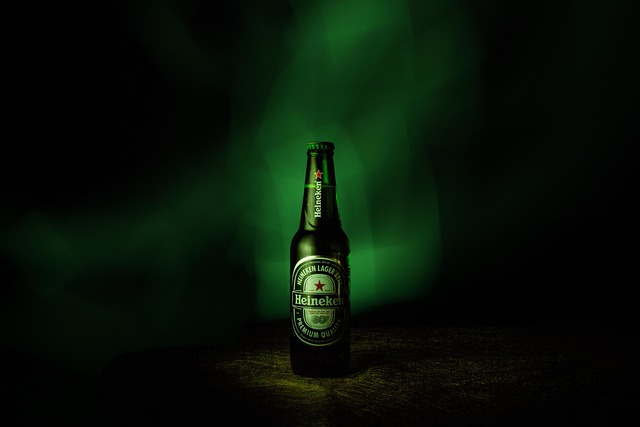In the world of advertising photography, capturing the essence of a product or concept is an art form that transcends mere visuals. That essence is often brought into focus through a delicate interplay of light, lens, and layers. Every shot taken with a camera is a testament to the intricate relationship between optics and creativity, showcasing the versatility of the photographic medium.
Advertising photography serves as a powerful tool for brands to communicate their messages effectively. Whether it’s the shimmering sheen of a watch or the vibrant colors of a fashion line, the right camera settings combined with a keen understanding of optics can make all the difference. The lens you choose not only affects composition but also how the viewer perceives depth, texture, and mood. Each click of the shutter becomes a layer of storytelling, where the composition unfolds like a tactical game of chess amidst light and shadow.
The camera is the artist’s brush, wielded with intention and precision. A photographer’s mastery of their equipment can turn a simple subject into a captivating narrative. For instance, utilizing a macro lens can draw attention to the intricate details of a product, revealing textures that often go unnoticed. This close-up perspective adds a unique layer to the photograph, inviting the viewer to engage more deeply with the imagery. Likewise, wider lenses can be used to create dramatic contexts that elevate a product’s appeal through environmental storytelling.
Moreover, layering in advertising photography extends beyond mere visual elements. It encompasses the art of combining various techniques – such as adjusting aperture settings, using filters, and engaging in post-production processes – to enhance the final image. Each layer adds a nuanced dimension, creating a three-dimensional feel within a two-dimensional space. It’s akin to the way a painter uses layers of paint to achieve depth and richness in a canvas, allowing the viewer to experience more than just surface beauty.
Informed choices about optics reflect the photographer’s vision and purpose. The interplay of focus and blur can transform a photograph from a simple representation into a work of art that invokes emotion. A shallow depth of field, achieved through specific aperture settings, can isolate a product against an out-of-focus background, directing the viewer’s attention precisely where it needs to be. This technique emphasizes the subject, layering context and meaning within the frame.
Ambient light, too, plays a crucial role in advertising photography. Understanding how to manipulate natural and artificial light sources can add layers of warmth or coolness to an image, influencing emotion and perception. The subtle glow of sunlight or the harshness of studio flash can set distinct tones—each layer calculated for maximum effect. The photographer must continuously adapt and juggle these elements, making real-time decisions that greatly impact the outcome.
As you delve deeper into the world of advertising photography, remember that each photograph is a journey through layers of optics and artistry. The lens is not merely a tool; it’s the gateway through which stories are told. From preparation to execution, every detail matters. Embrace the process, for it is within these layers that true creativity flourishes, bringing forth images that resonate with audiences and stand the test of time.



